Ash of Gods: Redemption by developer AurumDust is a strategy RPG. In it, you play from the perspectives of 3 different protagonists as they react to a plague supposedly brought about by the gods.
The campaign has two difficulties: classic mode and story mode. Story mode is the game’s equivalent of the “easy” setting. It starts you off with a high amount of resources and makes your units strong enough that you can turn on auto battle and never have to worry about losing a unit, essentially making it that the only thing you need to concern yourself with is the choices you make in the story.
As you might expect from an RPG, this game has a dialogue system. At various points, you can choose how the protagonist you’re controlling responds—the one you control is dependent on the chapter you’re playing. While most of the time these choices have little to no consequence, sometimes what you choose to say can have lasting effects on the story. When given a set of choices that will have an impact on the story, there will be a picture of a feather and an inkbottle in the bottom right corner of the screen. To give an example, in the beginning of the first chapter the protagonist you control is looking for a gift for his wife. You are given the choice of choosing to get either clothing or jewelry. While this might sound like a meaningless choice, the impact can be seen later when trying to escape the town. The gate of the town is sealed by a curse which can be removed with silver. If you had chosen to go to the jewelry store, then you would have been given a silver tiara which can be used to remove the curse. If you choose to go to the clothing store, then you need to hold off an additional round of enemies while your allies search for a way to open the gate.
In the campaign, if one of your units falls in battle, they sustain an injury. If a unit collects 4 of these injuries, then they will die. As you might expect, there are ways of removing injuries from your units. Units can also die as a result of a story choice you make, regardless of their amount of injuries.
Most chapters have a world map and require you to reach a certain point on it. 2 of the 3 protagonists consume a resource called “strixes” when they move across the map (trying to move without any can result in your units gaining an injury). The 3rd protagonist is some sort of demigod or something—I had trouble telling what he was—and doesn’t need strixes. Instead, he can make choices that either worsen the plague or leave it unaffected. However, each time you choose to leave it unaffected, his stats lower slightly.
Combat in the game takes place on a grid. Each side only gets to give orders to 1 unit per turn. Also, once you use a unit, you can’t use that unit again until you’ve done something with all of your units, the same applies to the enemy. Basically, if you only have one unit, then each turn you can use that unit, but if you have 3 units, then after using one unit, you have to give orders to the other two on future turns before you can use the first unit again. Additionally, neither side has to wait for the other to give an order to all units before going again. If one side has 1 unit and the other has 3, the side with one can move that unit 3 times over the next 3 turns while the side with 3 units can only move each unit once over the 3 turns.
All units have two bars, one for the unit’s health, and another for their energy. Most attacks can attack either an enemy’s health or energy, but some attacks can only attack one of them specifically. If a unit’s energy reaches 0, then any attacks that target that unit’s energy will instead do double damage to health. If a unit’s health reaches 0, then they are killed/knocked out. While attacking an enemy’s health might seem the logical thing to do, if an enemy has high health but low energy, then you could take the enemy down faster by targeting their energy.
All units have special abilities they can use. Most—but not all—units have a basic attack included in these abilities that costs them nothing to use. Other abilities either have a cool-down timer attached to them or cost some of the unit’s health or energy. Aside from attacks, there are also abilities that can raise a unit’s health or energy, decrease the amount of damage that unit takes from attacks, increase the number of spaces a unit can move on their turn, and enable the unit to perform counter attacks on enemies that attack them. Most abilities end the unit’s turn once they’re used, but some abilities can be activated without ending that unit’s turn.
The game also has a multiplayer mode. However, when I tried to test it, there was no one on for me to play against. From what I could tell by looking around various menus in the multiplayer mode, it appears that it has you construct a team of up to 6 units to take into battle against another player. While the number of units you start with is small, it appears that there is a way to acquire more. Also, it appears that most of the units available for selection are units from the campaign alongside a few enemy units from the campaign and some generic units.
Overall, I enjoyed playing this game. I think a fair rating for it would be 8.5/10.
Watch the Ash of Gods: Redemption Release Trailer:
Ash of Gods: Redemption is available for PC, Mac, and Linux via Steam.
PC Review
-
Overall Score - 8.5/108.5/10
I am a recent Computer Science/Game Development Programming Chapman University Graduate. I am a life long enthusiast of computer/video gaming and my favorite game genres are adventure, choice-driven stories, fighting, and racing. My favorite game/movie series include but aren't limited to 'Legend of Zelda'; 'Dragon Age'; 'Persona'; 'Sonic the Hedgehog'; 'Mario'; 'Metroid' ;'Megaman'; 'Naruto'; 'Batman'; 'Spiderman'; 'Star Wars'; and 'Star Trek.'

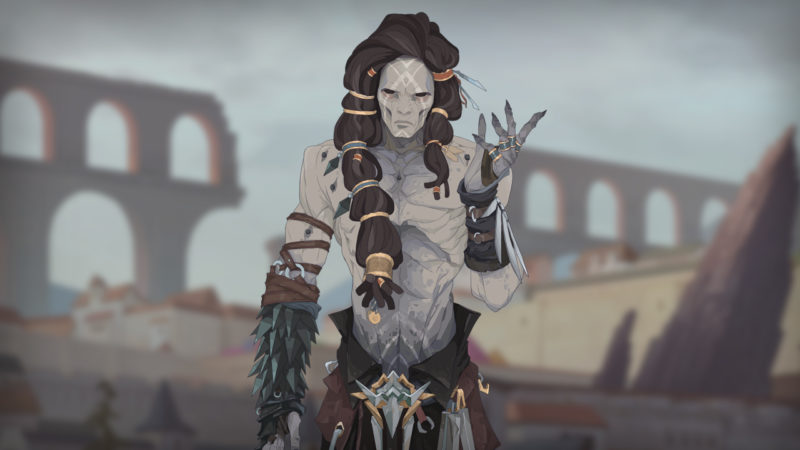
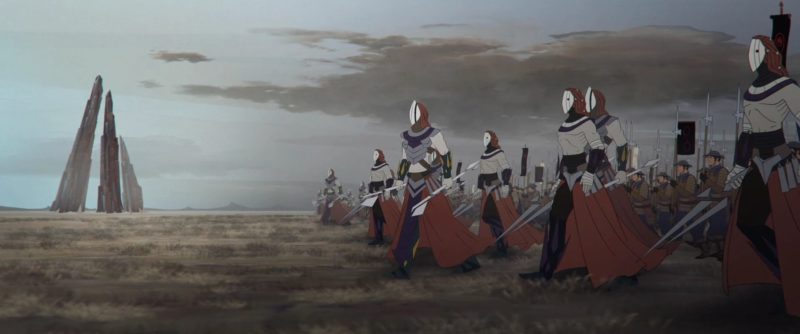
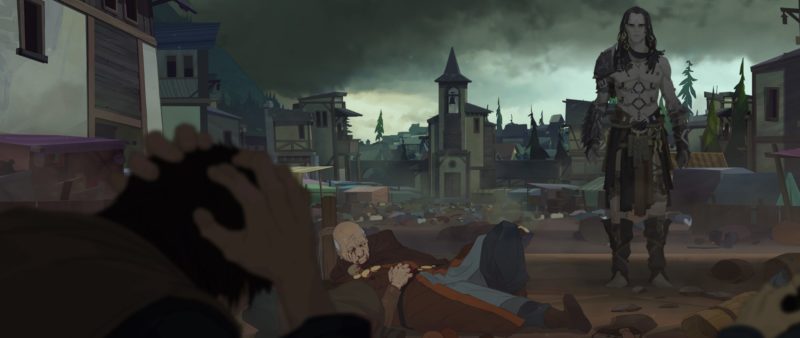

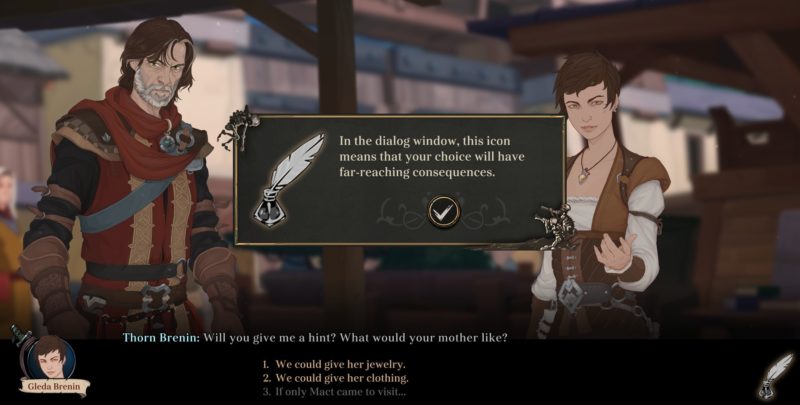
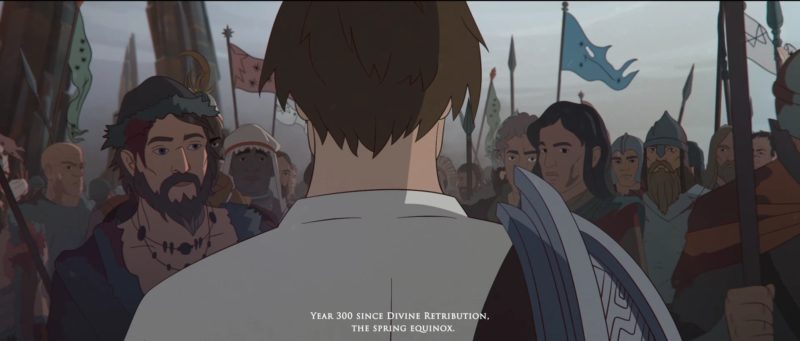
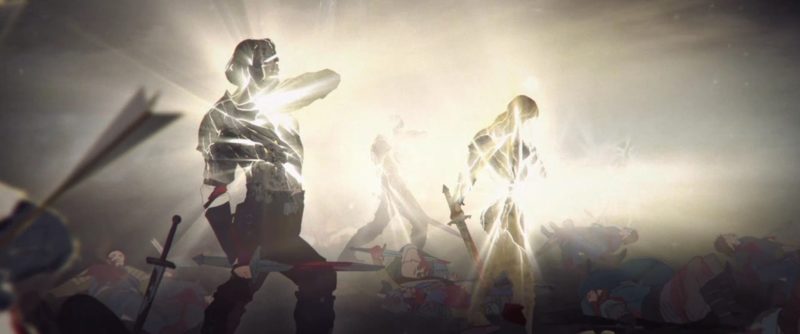
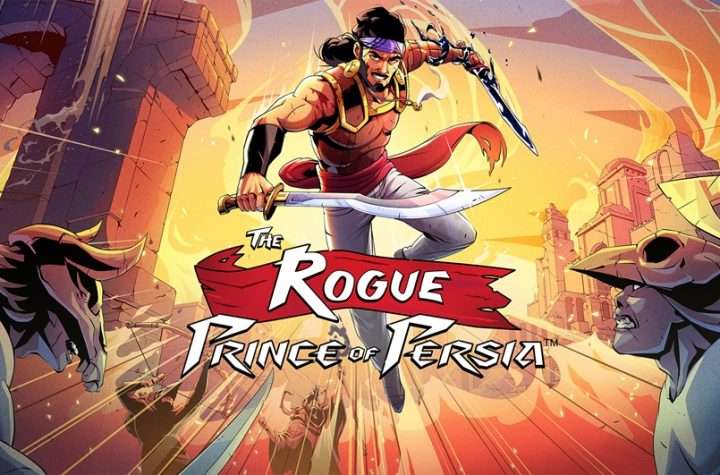
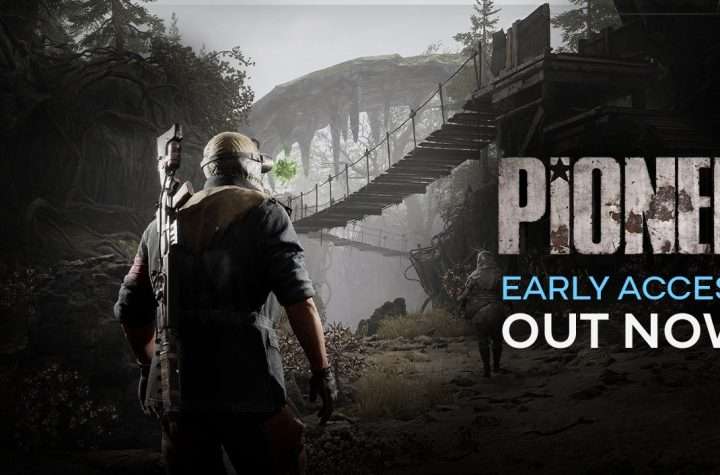
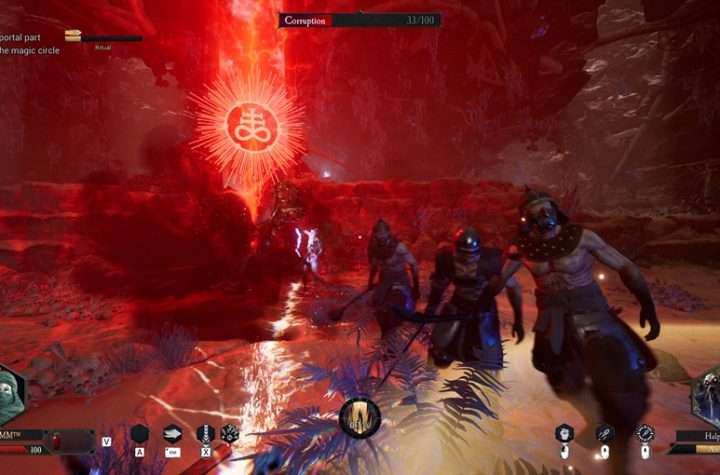
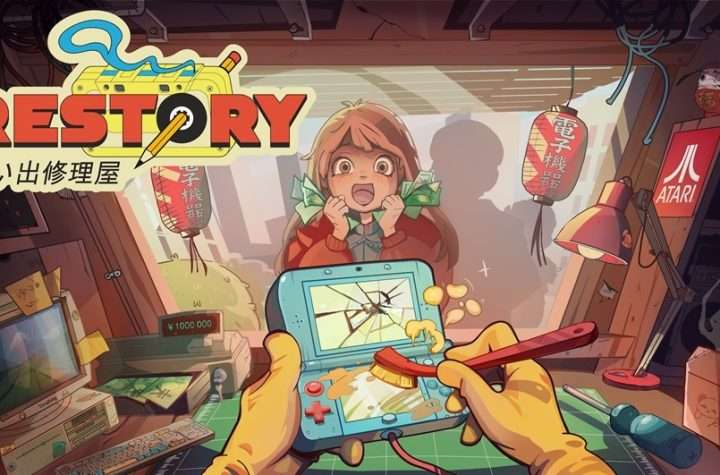
More Stories
Highly Anticipated Post-Apocalyptic MMO FPS, PIONER, Launches on Steam Early Access
DAIMON BLADES Preview for Steam Early Access
ReStory Preview for Steam